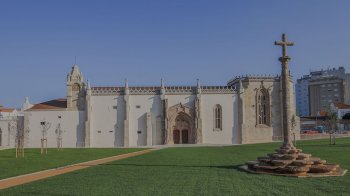Explore the best places
Heritage in Portugal
Igreja de São João Baptista
- heritage
Rua de São João, 135
2300-550, Tomar
The foundation date of this church is uncertain, but it is known that it was rebuilt at the end of the 15th century by Dom Manuel I and completed around 1510. It has three naves defined by pointed arches and is flanked by a bell tower. It is decorated with Manueline motifs and, inside, the pulpit and the vault of the chancel stand out. It was classified as a National Monument in 1910.
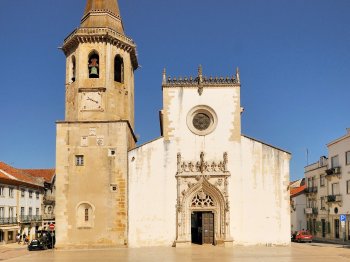
Igreja de Santa Maria dos Olivais
- heritage
Rua Aquiles de Mota Lima
2300-455, Tomar
Temple from the 13th century. It appears to have been part of a Convent of Benedicts, still in the period when the town was called Nabância. It was rebuilt by D. Gualdim Pais, in 1160, who made it the pantheon of the Templars in Portugal. Its structure presents transition elements from the Romanesque to the Gothic style, the latter being predominant. A large rose window stands out on the façade, surmounting the portico with four archivolts. Over the rose window you can see the mark of the Knights Templar, the Signum Salomonis. In the sacristy, with a 16th century vault, …
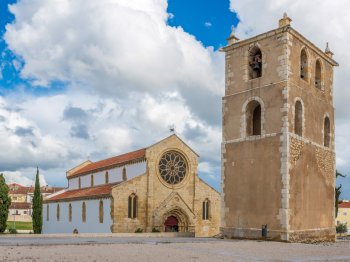
Centro Histórico de Tomar
- heritage
Rua Pé da Costa de Baixo
2300, Tomar
City closely linked to the Templars and the Order of Christ. When they arrived to Portugal, they spread castles across different domains, but Tomar was the center of the territory. After the castle, they built the "Charola" of Convento de Cristo, considered the most beautiful and well-preserved religious building of the Templars in Europe. Bathed by the River Nabão, Tomar has one of the historic centers in Portugal with the highest number of monuments, with emphasis on the churches of São João Baptista and Santa Maria dos Olivais and the Old Synagogue.
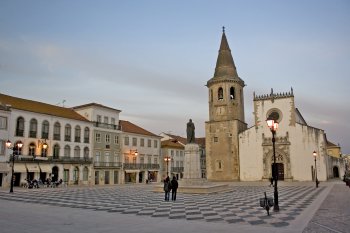
Museu dos Fósforos - Aquiles da Mota Lima
- heritage
Avenida General Bernardino de Freitas
2300-535, Tomar
Museum that has a collection of more than 50,000 matchboxes from around the world, including the first ones made in Portugal. It is now the largest collection of its kind in all of Europe. It all started when Aquiles Mota Lima exchanged a box of matches with an American lady on a steamer bound for England.

Antiga Sinagoga de Tomar
- heritage
Rua Doutor Joaquim Jacinto, 73
2300-577, Tomar
The Synagogue of Tomar is probably the oldest gothic Hebrew temple. The temple was built between 1430-60 and closed in 1496, during the expulsion of the Jews. After that it was converted into a prison and in 1923 it was acquired by Samuel Schwarz and donated to the Portuguese state so the Luso-Hebraico Museum of Abrão Zacuto could be created there. It retains a columned structure covered by a cross vault.

Aqueduto dos Pegões / Aqueduto do Convento de Cristo
- heritage
Rua do Saibreiro
2305, Tomar
Built in 1593 by Filipe I, it is six kilometers long and was intended to supply the Convent of Christ. It has 180 arches, often overlapping, and took twenty years to complete.
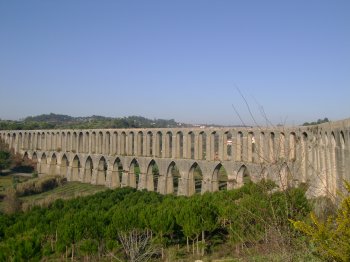
Roda Hidráulica do Mouchão
- heritage
Avenida Marquês de Tomar
2300, Tomar
Large wooden wheel, one of the ex-libris of Tomar. Located in Jardim do Mouchão, next to the Nabão River, this wheel has pairs of clay buckets, each with a capacity of five litres. It is a model of hydraulic wheel used in irrigating fields or for supplying water to mills.

Ruínas do Primeiro Santuário de Nossa Senhora de Santa Rita
- heritage
Rua de Santa Rita
8900, Vila Nova de Cacela
The foundation date of this sanctuary remains unknown, but it is known that it is very old from the documents that refer to it. It has one only altar, where the image of the saint is placed.
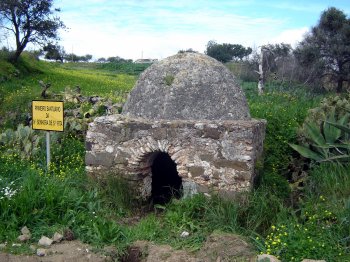
Centro Histórico de Cacela Velha
- heritage
Cacela Velha
8900, Vila Real de Santo António
Ancient medieval village built on roman and Moorish foundations. This small set still preserves its structure from the Middle Ages and from the 1500s. Classified as a Building of Public Interest.
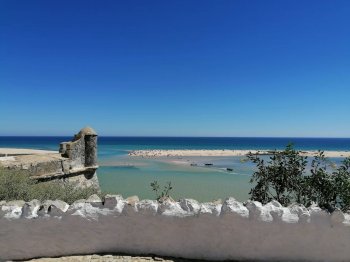
Convento de Jesus / Museu de Setúbal
- heritage
Largo Miguel Bombarda
2900-261, Setúbal
Convent founded by Justa Rodrigues Pereira, love of d. Manuel, in 1490, during the reign of King John II. This monarch, who the following year visit the works, decided to expand the initial project. The conduct of delivery works by Diogo de Boitaca, the first architect of the Jerónimos, who performs his first job in the country. The convent has a beautiful portal and Windows Manueline. Inside highlights the beautiful columns torsas Church-Hall that belonged to the convent of the Poor Clares-Franciscan nuns, who due to belong to a cloistered order, watched mass choir-high. The chancel is covered with green …
